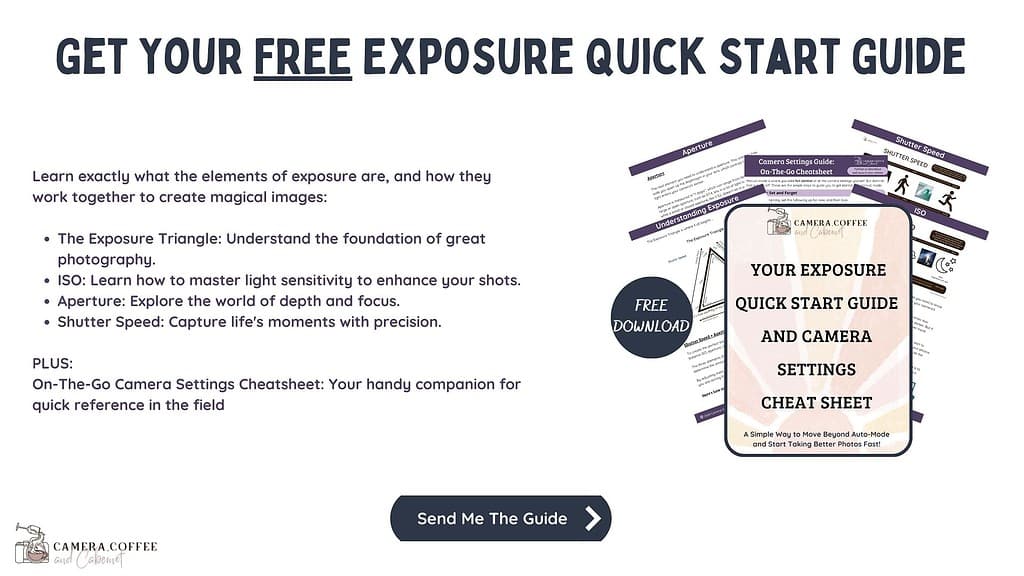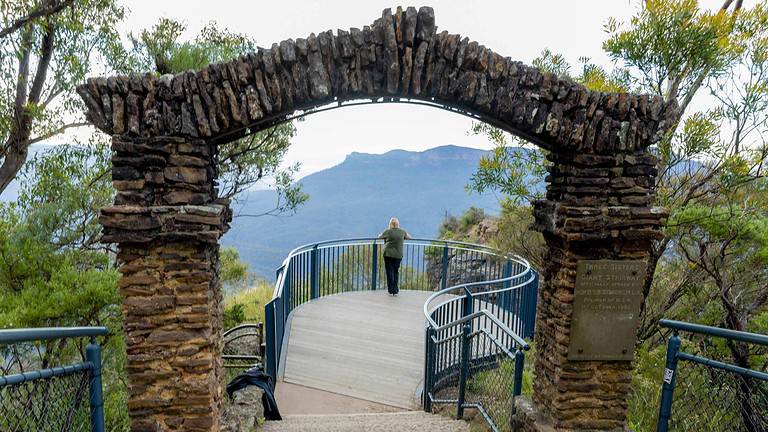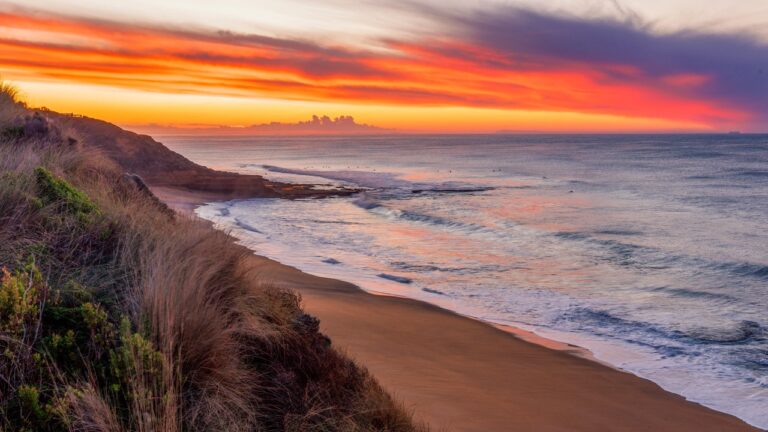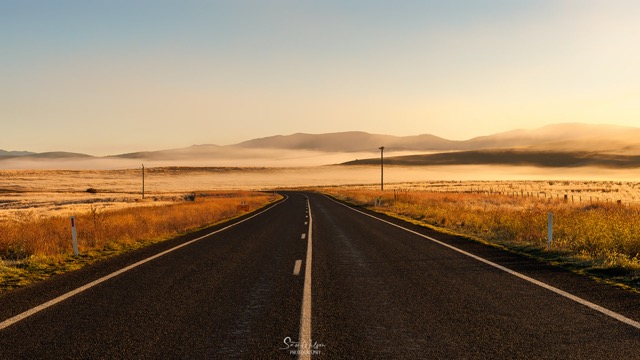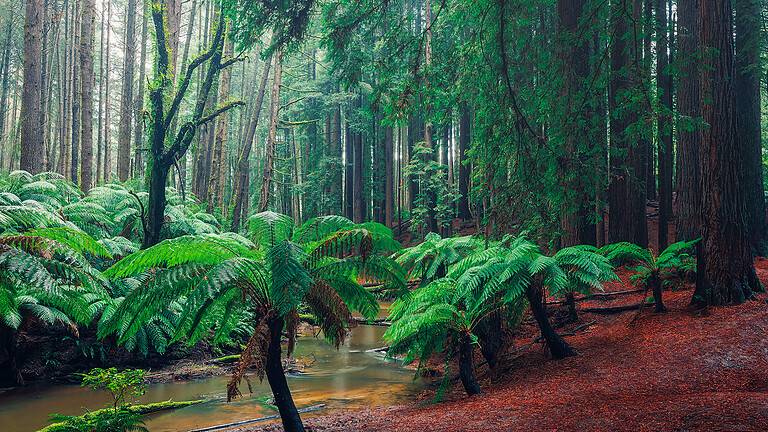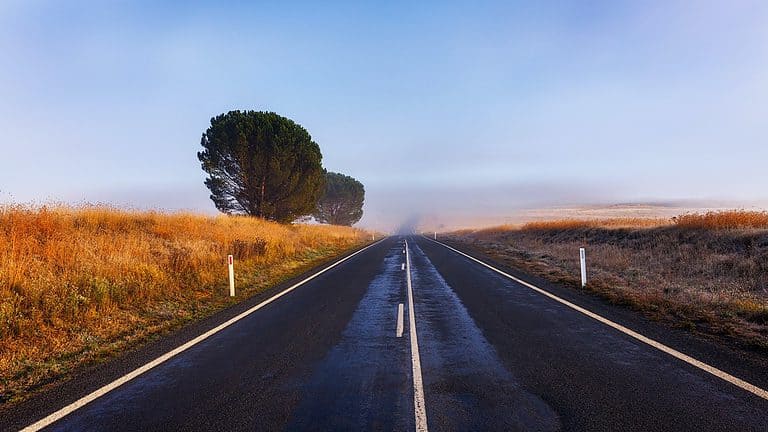7 Important Things That Nobody Tells You About Photography
When you’re first starting out in photography, it’s easy to think that you just need to learn what all those buttons do on your new camera, and you’ll be creating masterpieces in no time!
You quickly learn that it’s more than just pressing a button; in fact there’s so much to learn – and for me that’s one of the biggest joys of photography. The learning never stops.
But no matter how many workshops you attend, or tutorials you watch, there are still things that nobody tells you about photography that are just as key as camera settings.
There were so many things I learned the hard way and some that just come from experience.
Some things might catch you off guard, like how early you need to rise for that perfect sunrise shot or the way your camera and lenses start to feel a bit heavier than you first thought.
In this article, I’m going to share some insights about photography that don’t always come up in conversations.
It’s about the early starts, the investment in your gear, and even the unexpected joy of learning how to bring out the best in your photos with a bit of editing.
These aren’t obstacles; they’re part of the adventure.
Let’s explore some of those things that nobody tells you about photography, so you can be more prepared for your journey.
But, before we dive in, I wanted to share a special freebie for you if you’re also new to photography.
It’s my FREE Exposure Quick Start Guide designed to get you started in your journey by learning the elements of exposure and start taking better photos – Fast!
1 – Photography Isn’t Easy
There, I said it.
I know you probably see many ads for the quick fixes, and how to take shots like a pro in 5 easy steps.
Yes, there are definitely ways to learn the basics of exposure and composition, that will improve your photography dramatically and fairly quickly, but there’s a lot more to it than that.
The beauty and joy of this photography journey, though, lies in this very challenge.
Yes, it might take time to get comfortable with your camera and to start seeing your surroundings through a photographer’s lens, but this process is incredibly rewarding.
Each time you press the shutter button, you’re not just taking a photo; you’re gaining a deeper understanding of this art.
Improvement in photography is not about overcoming insurmountable obstacles; it’s about embracing each opportunity to learn.
With every photo you take, you’re one step closer to seeing the world in a new light, to capturing the essence of a moment that might otherwise have gone unnoticed.
And the best part? This improvement comes naturally, as long as you keep your curiosity alive and continue to enjoy the process of discovery.
These guides will help you with the foundations and give you all the basics to get you started on your journey:
Landscape Photography for Beginners

2 – The End Result Won’t Always Be As Good As You Hoped
This one hurts, but there’s always going to be emotion attached to your photos, even at the beginning when they’re not the best – totally to be expected.
I’m sure you’ve been caught up in the excitement when you’re out taking photos, you look at the back of the camera and go ‘Yes, I nailed it’, only to be less than impressed when youtube home and see them on the computer.
Maybe the light wasn’t quite right, the scene changed too quickly, or the shot didn’t look as good as you thought it would.
It can be tough, especially when you’ve put a lot of effort into it.
But this is all part of getting better at photography.
It’s normal for there to be a difference between what you want to capture and what you actually get.
These aren’t just mistakes; they’re chances to learn.
I never have taken a picture I’ve intended. They’re always better or worse
~ Diane Arbus
Every time a photo doesn’t come out right, it’s an opportunity to figure out what to do differently next time – like trying a new angle, getting to know light better, or just having more patience.
The key is not to get discouraged by these moments.
Think of them as part of the process. Photography is very personal, and sometimes a photo you’re not happy with might speak to someone else.
Plus, every time you use your camera, you’re improving, getting a better feel for taking photos that show what you want to express.
3 – If You Want Good Sunrise Photos, You Have To Get Up REALLY Early
Ok, so you’ve probably already figured this one out yourself, but you have to get there even earlier than you may think.
What you may not know is that the best colours are often even before first light, so I usually aim to be in my spot around 30 minutes before that.
Yes, that can be an hour before the actual sunrise time.
I’ll admit that it’s not easy walking into your location while it’s still dark outside, but that’s what coffee is for, and it’s all part of the experience.
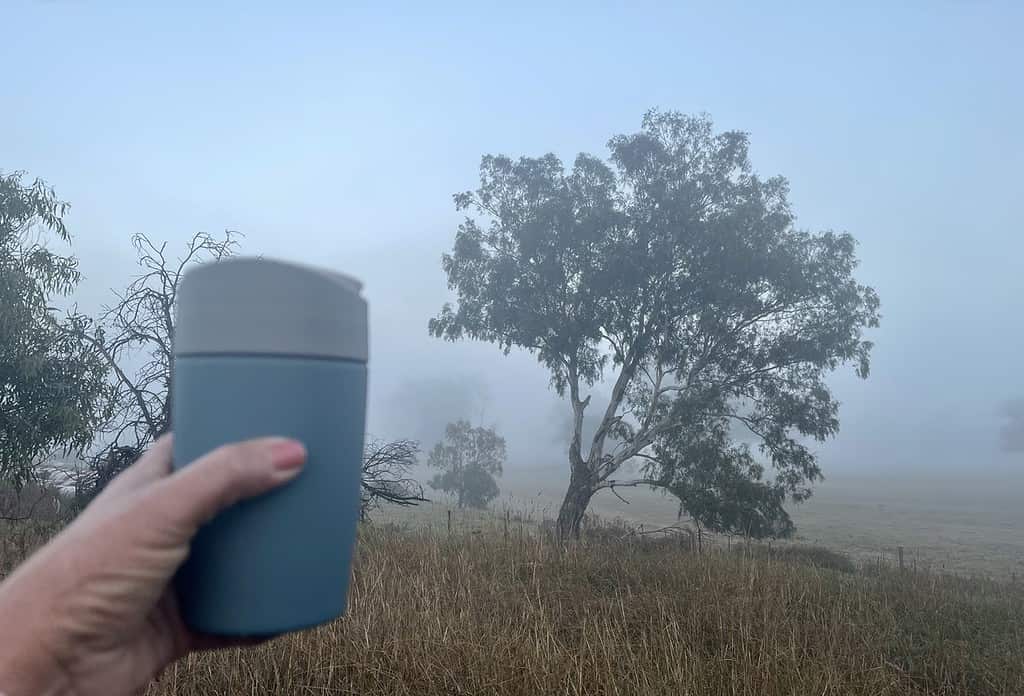
The early start means you get to see the world in a quiet and peaceful state, something not everyone experiences.
It’s your chance to capture the first light of the day, painting the sky in colours that feel like they’re just for you.
And while it might feel hard to leave your warm bed, remember that the scenes you’ll witness are more than worth it.
This isn’t just about getting the shot; it’s about enjoying the moment. Watching a new day begin is pretty special, and doing it with your camera in hand means you can keep that memory forever.
Plus, you’ll usually have the place almost to yourself, which is a photographer’s dream. This is one of the reasons I prefer sunrise over sunset – just so much more peaceful
So, set that alarm, maybe even a bit earlier than you think you should.
Pack your gear the night before, and look forward to the quiet beauty of the morning.
Those stunning sunrise shots you see? They’re not just luck – they’re the reward for photographers who dare to chase the light.
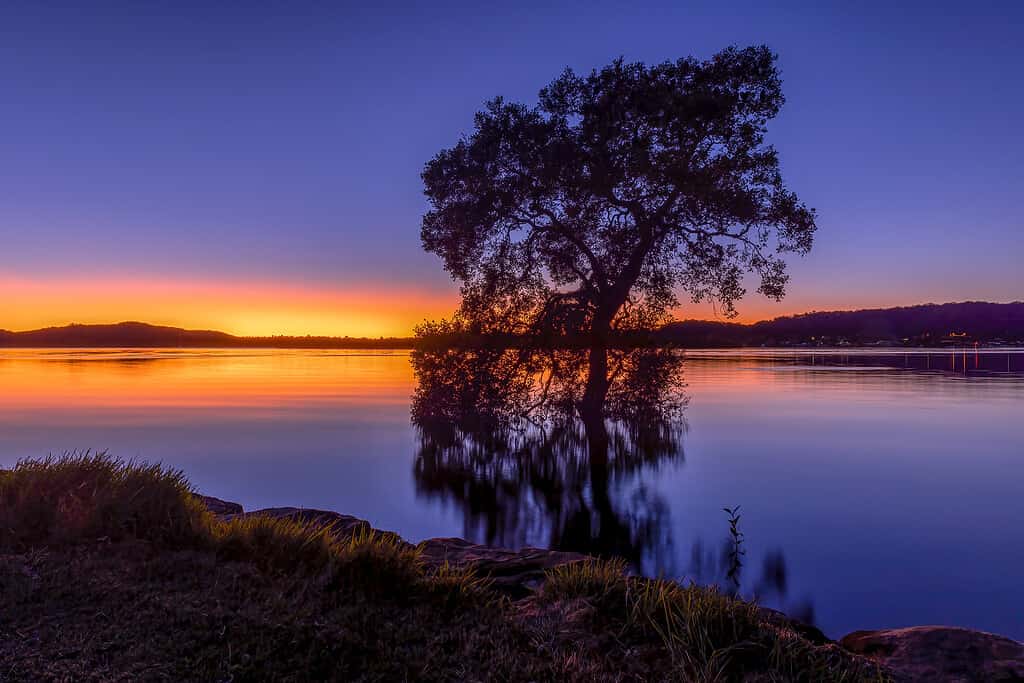
4 – Photography Can Be Expensive, But It Doesn’t Have To Be
I’m not going to lie and say that gear isn’t important, but having the latest and greatest gear isn’t always necessary.
There are definitely basic equipment and accessories that are worth their weight in gold, but despite what many may try and tell you, you don’t always need the most megapixels and biggest sensor.
Just look at the amazing photos that people are taking now on their smartphones. As with many things, it’s knowing how to use what you’ve got.
If you’re looking at doing astrophotography then yes, you’re going to want to have the right lenses, along with a decent tripod.
If you’re going to do wildlife and birds, you will of course want to look into cameras that can auto track and take high speed continuous shooting well.
It really comes down to what gear matters for you: get what you need to capture what you want to capture well.
My thing is mostly sunrises and waterfalls, so stability and quality are my big factors.
Check out what’s in my bag here
At the end of the day, it’s your skill and vision that’s the most important factor in taking great photos.
5 – Camera Gear Is Heavy And The Shoes Are Ugly
If you do decide to go for a full frame DSLR camera, or even a mirrorless, you will accumulate lenses, a tripod, and several accessories along the way.
The weight of these add up, so it’s important to do your research when it comes to choosing the right gear for you, and I’m not just talking about the brands. You might find these articles helpful in choosing what’s best for you:
How To Choose The Perfect Camera
How To Choose The Best Lenses For You
Now for the shoes – you may find yourself on slippery rock shelves photographing seascapes, or doing a decent hike to get to a waterfall, so invest in good, comfortable shoes – you can thank me later!
6 – There’s A Lot Of Computer Time Involved
This has to be my number one on my list of things that nobody tells you about photography.
I’m not just talking about watching YouTube videos or reading articles here. I’m talking about post processing your photos.
And it’s not just the post processing, it’s the whole photography workflow that is involved in downloading, saving and backing up your images.
The importance of being able to find the photo you’re looking for quickly and having them safely backed up is so underrated – please don’t skip this.
This is something that was totally unexpected for me.
I naively thought I was going to take great photos straight out of the camera and be done. This is not an article discussing the ins and outs of editing, but there will be some involved which takes time, and that doesn’t count the time actually learning to use your software of choice.
That discussion is for another day – it again isn’t quick or easy, but can be incredibly rewarding and honestly transform your photos.
It’s also not necessary to spend hours on each photo, but it does require learning and developing an efficient and effective workflow.
7 – Photography Can Be Highly Addictive
Photography is one of the best things that ever happened to me.
It was one of the things that got me out of the house and back into the world after losing my husband.
I had to keep living, and I decided that travel was going to be the thing to help with that.
When I was travelling with my camera, I just felt less alone and obvious as a solo traveller, and it opened up a whole new world.
There was, and still is, so many things to learn, new places to visit, and of course it led me to having this blog and now helping others starting out on their journey.

Conclusion
So that’s it, my list of things that nobody tells you about photography.
I’m sure some of these will seem a bit obvious, and one or two you think I may have missed, but these are all things that I learned the hard way.
I hope you’ve taken something from these so you aren’t so surprised – and buy the ugly shoes – they are totally worth it!
One final thing – everyone starts at the same place – a complete newbie.
So trust that if you put yourself out there, learn the basics and keep on practising, it will get better.
Get your foundations sorted, then get creating!
That’s it for now – Keep clicking and sipping 📷 ☕ 🍷
Like this post? PIN it so you can save it for later

